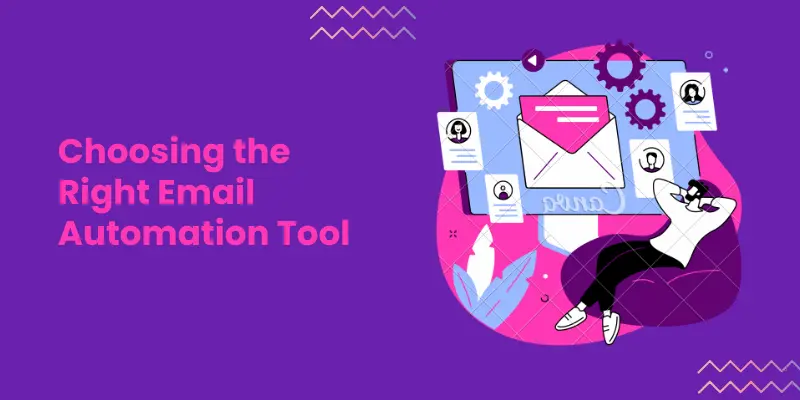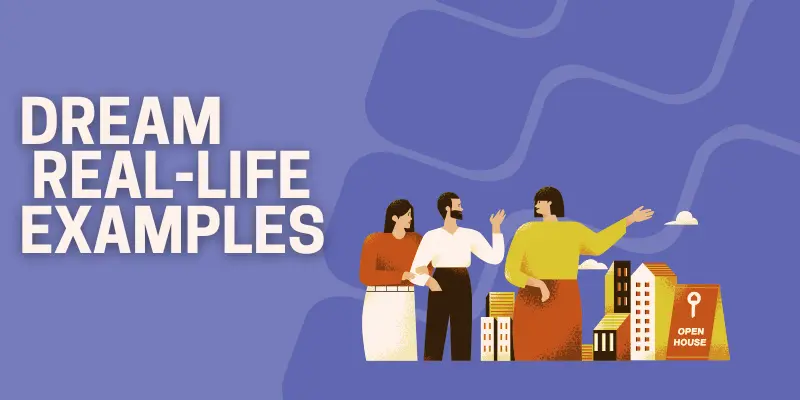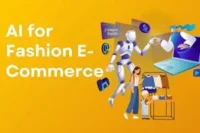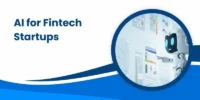How to Automate Email Marketing – A Complete Guide
Published: 14 Apr 2025
Email marketing automation is the process of using software to send targeted, personalized emails automatically based on user actions or schedules. It’s like having a virtual assistant that handles your email campaigns for you.
Why is it Important for Businesses?
Automating email marketing saves time, boosts engagement, and increases sales. Instead of manually sending emails, businesses can focus on strategy while automation tools handle the rest.
How It Helps
- Saves Time: Automate repetitive tasks like sending welcome emails or reminders.
- Boosts Engagement: Send personalized messages that resonate with your audience.
- Increases Sales: Recover lost sales with abandoned cart emails or nurture leads with drip campaigns.
What is Email Marketing Automation?
Workflow automation involves using technology to perform repetitive tasks without manual intervention. For example, instead of sending the same email multiple times, you can set up a tool to do it for you.

Common workflow automation examples include automated email responses, task assignments in project management tools, and data syncing between apps, all designed to save time and reduce errors.
A Simple Definition
Email marketing automation involves setting up emails that are sent automatically based on triggers (like a user signing up) or schedules (like a weekly newsletter).
How Automated Emails Work
- Trigger-Based Emails: Sent when a user takes a specific action (e.g., signing up or abandoning a cart).
- Scheduled Emails: Sent at a predetermined time (e.g., a monthly newsletter).
Benefits of Email Automation
- Saves Time: No need to send emails manually.
- Improves Customer Relationships: Personalized emails make customers feel valued.
- Increases Sales and Conversions: Targeted emails drive more purchases
Choosing the Right Email Automation Tool
Overview of Popular Tools
- Mailchimp: Best for beginners.
- ActiveCampaign: Advanced automation features.
- HubSpot: Great for CRM integration.
- ConvertKit: Ideal for creators and small businesses.
How to Pick the Best Tool for Your Needs
Consider your budget, business size, and the features you need. Start with a free plan if you’re new to automation.
Key Steps to Automate Email Marketing
Step 1: Define Your Goals 🎯
Ask yourself:
- Do you want more sales?
- Better engagement?
- Lead nurturing?
Clear goals help you create effective workflows.
Step 2: Segment Your Audience 👥
Why Segmentation Matters
Sending the same email to everyone doesn’t work. Group your audience based on:
- Behavior (e.g., past purchases).
- Interests (e.g., product preferences).
- Demographics (e.g., location or age).
Step 3: Create Automated Email Workflows
Types of Workflows:
- Welcome Email Series: Engage new subscribers.
- Abandoned Cart Emails: Recover lost sales.
- Re-engagement Campaigns: Win back inactive subscribers.
- Post-Purchase Follow-ups: Keep customers engaged.
Step 4: Write Effective Emails
- Use short, clear subject lines.
- Personalize emails (e.g., use the recipient’s name).
- Include a strong call-to-action (CTA).
Step 5: Test and Improve 📊
- Use A/B testing for subject lines, content, and timing.
- Track metrics like open rates, click rates, and conversions.
Real-Life Examples
Understanding theory is useful, but seeing automation in action makes it clearer. The image below highlights real-life scenarios where email marketing automation delivers real results.

Now, let’s explore some practical examples. From welcome sequences to abandoned cart emails, these cases show how automation can boost engagement and conversions.
Example 1: Welcome Email Sequence
A clothing brand sends a 3-part welcome series:
- A thank-you email with a discount code.
- A showcase of best-selling products.
- A reminder about the discount before it expires.
Example 2: Abandoned Cart Email
An online store sends a friendly reminder with a 10% discount to customers who left items in their cart.
6. Common Mistakes to Avoid
- Sending Too Many Emails: This can annoy users and lead to unsubscribes.
- Not Personalizing Messages: Generic emails don’t resonate with audiences.
- Ignoring Email Performance Data: Always track and analyze your results.
Conclusion
- Email marketing automation saves time and boosts sales.
- Start with simple workflows like welcome emails or abandoned cart reminders.
- Test and optimize your campaigns for better results.
FAQs
There are several types, including welcome emails, abandoned cart reminders, and re-engagement campaigns. Each serves a specific purpose, like welcoming new subscribers or recovering lost sales.
A welcome email is sent automatically when someone joins your list, while a newsletter is a regular update sent manually or on a schedule.
Yes! They remind customers about items left in their cart and often include discounts to encourage purchases.
A drip campaign is a series of automated emails sent over time, like a welcome series or educational emails.
Absolutely! Birthday emails or holiday promotions are great examples.
It targets inactive subscribers with special offers or updates to win them back.
Start with a welcome email series—it’s simple and effective.
Yes! Automated emails can ask for feedback after a purchase or interaction.
Behavioral emails are based on user actions, while transactional emails are triggered by specific events like order confirmations.
Yes! For example, combine a welcome series with a re-engagement campaign to nurture new subscribers and win back inactive ones.

- Be Respectful
- Stay Relevant
- Stay Positive
- True Feedback
- Encourage Discussion
- Avoid Spamming
- No Fake News
- Don't Copy-Paste
- No Personal Attacks

- Be Respectful
- Stay Relevant
- Stay Positive
- True Feedback
- Encourage Discussion
- Avoid Spamming
- No Fake News
- Don't Copy-Paste
- No Personal Attacks
![HR [Human Resources] Automation Tools - A Complete Guide - Post Thumbnail](https://1pbusiness.com/wp-content/uploads/HR-Human-Resources-Automation-Tools-A-Complete-Guide-100x67.webp)




